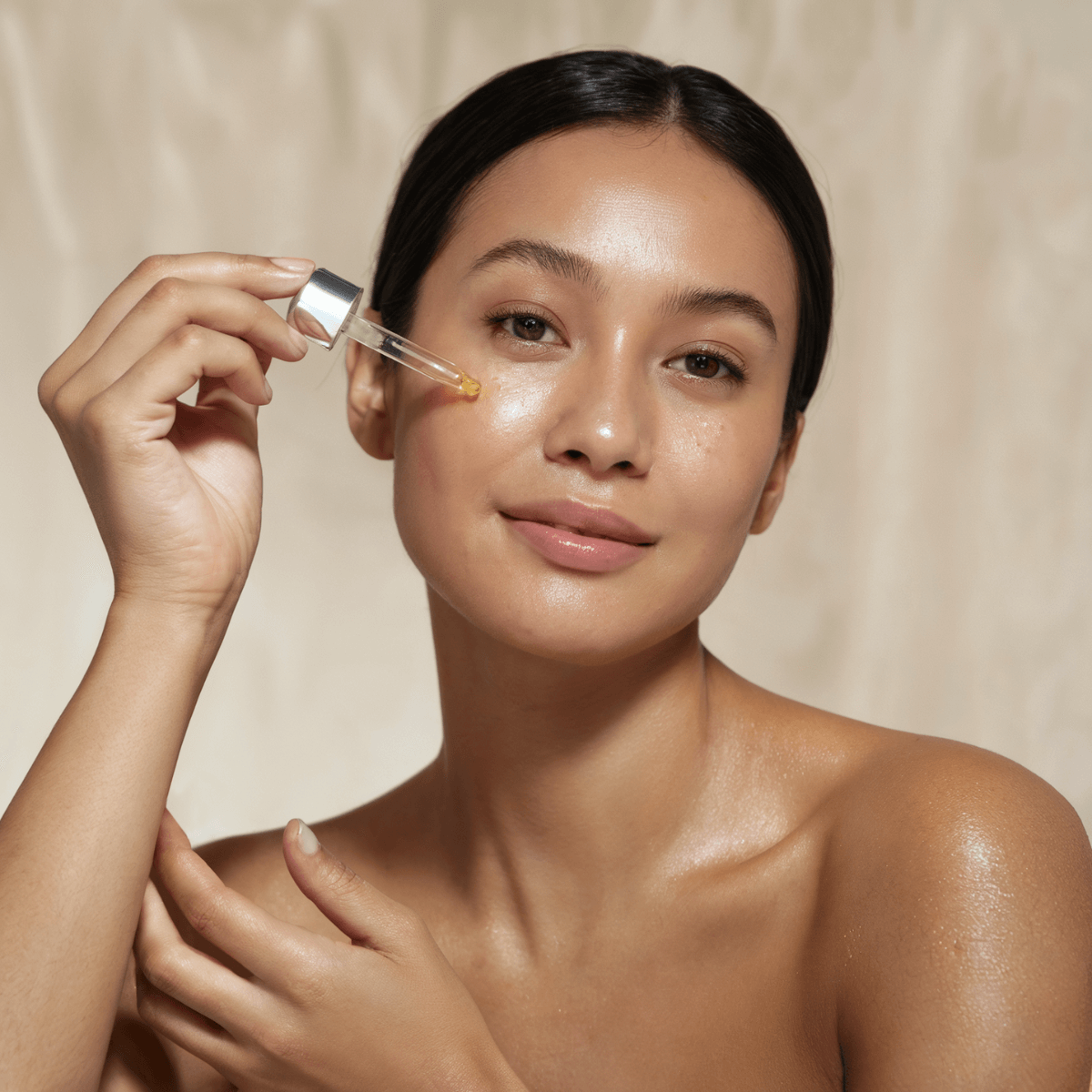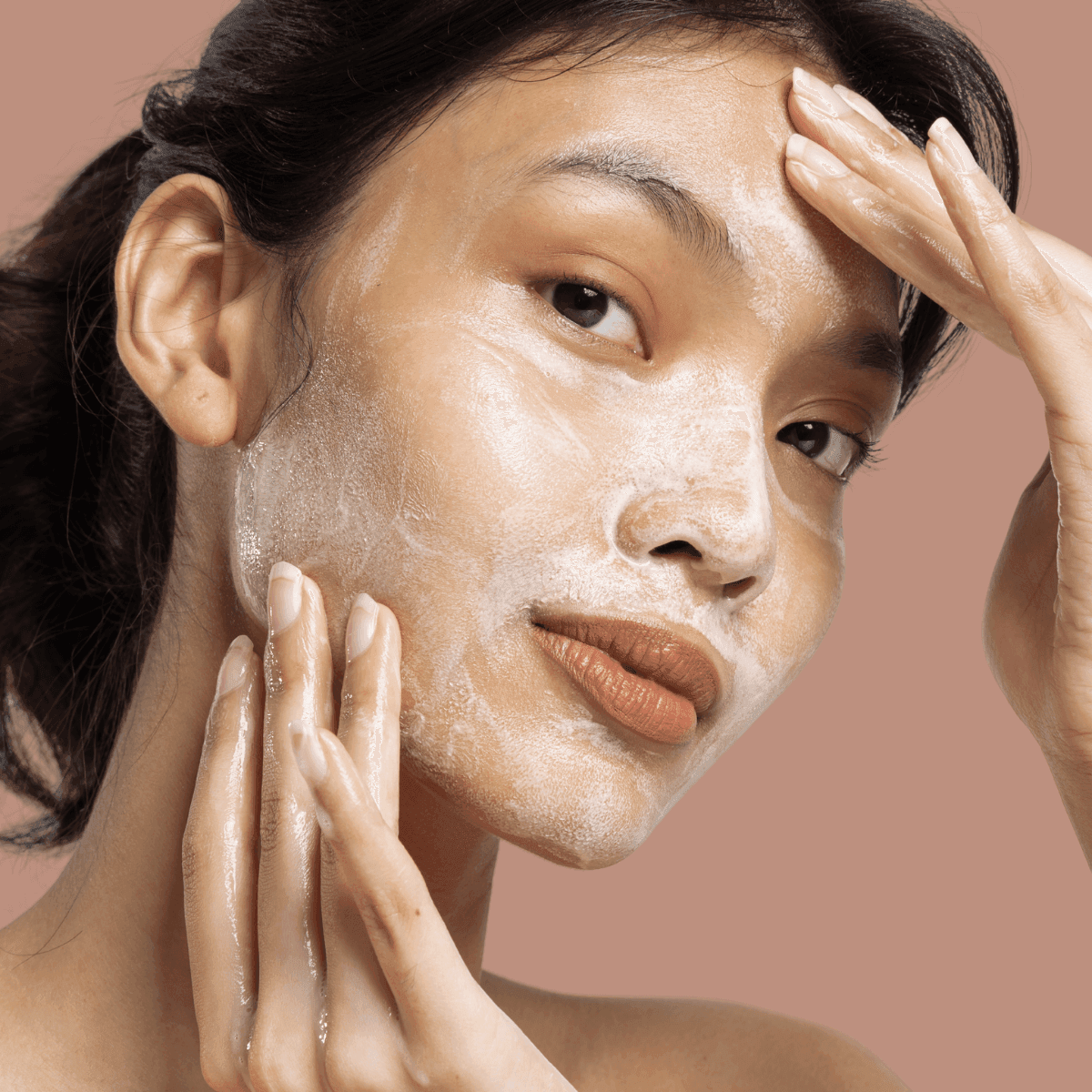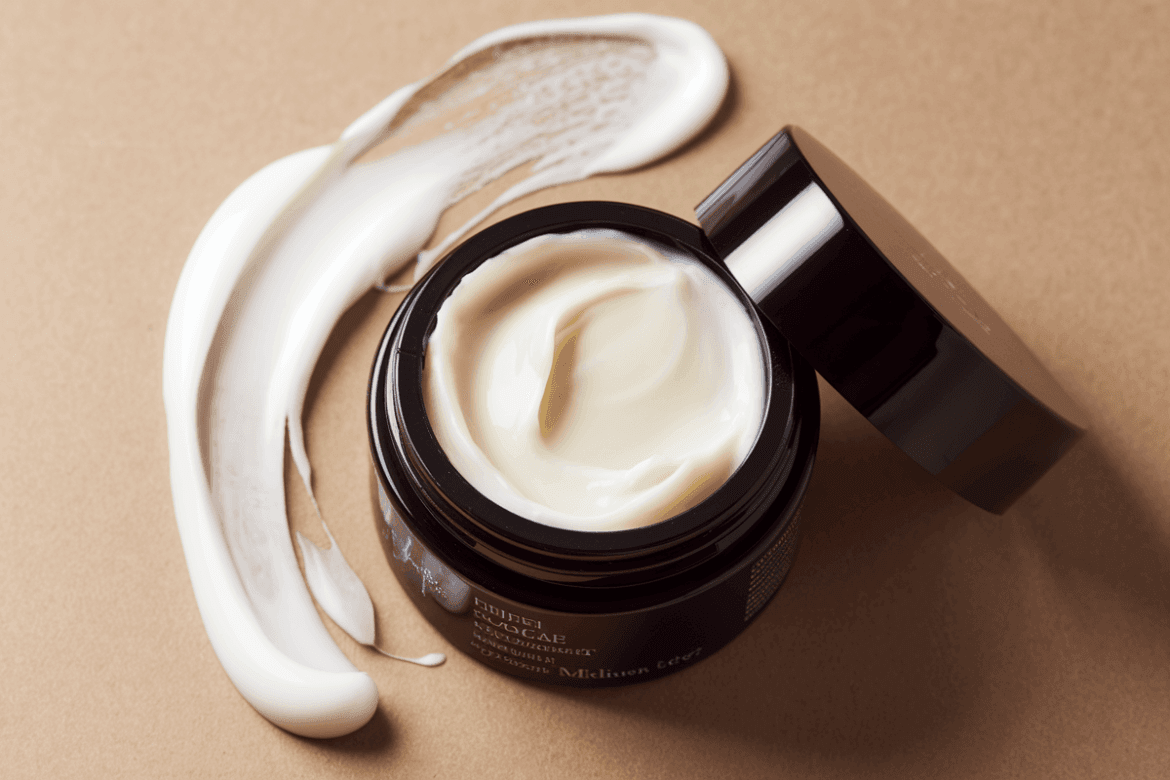We’ve all heard the buzzwords: AHAs, ceramides, retinoids, and more. But what do they really do for your skin, and how can you make them work for you? Incorporating active ingredients into your routine is the key to achieving that dewy, glowing complexion we all dream of. In this guide, we’ll break down the benefits of active ingredients, highlight some of the superstars in modern skincare, and help you craft the perfect routine for morning and night.
Contents
The Benefits of Incorporating Active Ingredients into Your Skincare Routine
Active ingredients are like the VIPs of your skincare lineup. They don’t just sit on your skin and smell nice – they work hard to target specific concerns like acne, dryness, wrinkles, or uneven tone.
Targeted Solutions
Active ingredients are designed to address your unique skin issues. Got acne? BHAs will dive deep into your pores to clean out gunk. Dry patches? Hyaluronic acid swoops in with a flood of hydration. Whatever your skin’s SOS, there’s likely an active ingredient to help.
Visible Results
Who doesn’t love a product that delivers on its promises? Active ingredients are backed by science, meaning you’ll actually see improvements in your skin’s texture, tone, and overall health – if you use them correctly, of course.
Customizable Skincare
Active ingredients give you the power to tailor your routine. You can mix and match depending on your skin’s current needs (dry in winter, oily in summer) and build a regimen that’s as unique as you are.

Key Active Ingredients in Skincare and Their Benefits
Navigating the world of skincare can feel like learning a new language. Let’s demystify some of the top active ingredients you’ll encounter and why they’re worth adding to your routine.
AHAs (Alpha Hydroxy Acids)
These water-soluble acids are your go-to for exfoliating the skin’s surface.
- What They Do: AHAs dissolve dead skin cells, revealing brighter, smoother skin underneath. They’re perfect for tackling dullness, uneven texture, and fine lines.
- Examples to Try: Glycolic acid (great for a strong exfoliation) and lactic acid (gentler and ideal for sensitive skin).
- Pro Tip: Always use sunscreen when incorporating AHAs – they make your skin more sensitive to the sun.
BHAs (Beta Hydroxy Acids)
If your skin struggles with oil or acne, BHAs are your best friend.
- What They Do: BHAs are oil-soluble, meaning they can penetrate deep into your pores to clean out oil and debris. They also have anti-inflammatory properties, making them ideal for acne-prone skin.
- Example to Try: Salicylic acid, the star player in many acne treatments.
- Pro Tip: Use BHAs sparingly if you have dry or sensitive skin – they can be drying.
Ceramides
Think of ceramides as the glue holding your skin barrier together.
- What They Do: These lipids naturally occur in your skin, but factors like age and environmental stress can deplete them. Ceramides replenish and strengthen your skin barrier, locking in moisture and keeping irritants out.
- Best For: Anyone with dry, sensitive, or damaged skin.
Hyaluronic Acid
Despite the word “acid,” this ingredient is all about hydration.
- What It Does: Hyaluronic acid acts like a sponge, attracting and holding moisture in your skin. It’s lightweight and works well for all skin types.
- Pro Tip: Apply it on damp skin to maximize its hydrating effects.
Collagen Peptides
Say hello to firmer, plumper skin.
- What They Do: Collagen peptides help maintain skin elasticity and reduce the appearance of wrinkles. While topical collagen doesn’t penetrate deeply, peptides can stimulate your skin’s natural collagen production.
- Perfect For: Aging skin or anyone looking to maintain a youthful glow.
Retinoids
These Vitamin A derivatives are the ultimate anti-aging ingredient.
- What They Do: Retinoids boost cell turnover, helping to reduce wrinkles, fade dark spots, and clear up acne. They’re powerful but can be irritating, so start with a low concentration and work your way up.
- Examples to Try: Retinol (gentler) or tretinoin (stronger and prescription-only).
- Pro Tip: Only use retinoids at night and always wear SPF during the day.
Niacinamide
A true multitasker in skincare.
- What It Does: Niacinamide soothes inflammation, brightens skin, minimizes pores, and strengthens the skin barrier. It’s gentle enough for all skin types and plays well with other ingredients.
- Best For: Redness, sensitivity, or overall skin improvement.

How to Incorporate Active Ingredients into Your AM and PM Skincare Routine
Now that you know the stars of the skincare world, let’s talk about how to use them effectively in your morning and evening routines.
AM Routine
Your morning routine should focus on protection and hydration.
- Cleanse Gently: Start with a mild cleanser to remove any overnight buildup.
- Hydrate: Apply hyaluronic acid to keep your skin plump and hydrated all day.
- Brighten: Layer niacinamide to calm the skin, minimize redness, and add a glow.
- Protect: End with sunscreen (SPF 30 or higher). This step is non-negotiable, especially if you’re using AHAs, BHAs, or retinoids in your routine.
PM Routine
Evening is the time for repair and renewal.
- Double Cleanse: Use an oil-based cleanser to remove makeup and SPF, followed by a gentle water-based cleanser.
- Exfoliate (Optional): Use AHAs or BHAs a few times a week to slough off dead skin cells (but not on the same night as retinoids).
- Treat: Apply your retinoid for anti-aging and acne-fighting benefits.
- Hydrate: Seal everything in with a ceramide-rich moisturizer to repair your skin barrier as you sleep.
Pro Tips for Using Active Ingredients Safely
- Go Slow: Start with one active ingredient at a time to avoid overwhelming your skin.
- Less is More: A pea-sized amount of retinoid or a few drops of serum are enough.
- Layer Correctly: Apply products from the thinnest to thickest consistency.
- Patch Test: Always test new products on a small area of skin before using them all over your face.
- Listen to Your Skin: If something feels too harsh, scale back or consult a dermatologist.
Active ingredients are the secret weapon for healthier, more radiant skin. By understanding their benefits and using them correctly, you can build a skincare routine that caters to your unique needs. So, why not start experimenting? Your dream skin might be just a few smart steps away.


